NASA James Webb Space Telescope finds a fascinating brown dwarf 19x bigger than Jupiter
The James Webb Space Telescope which is run by NASA has captured an image of a brown dwarf. Know more details here.
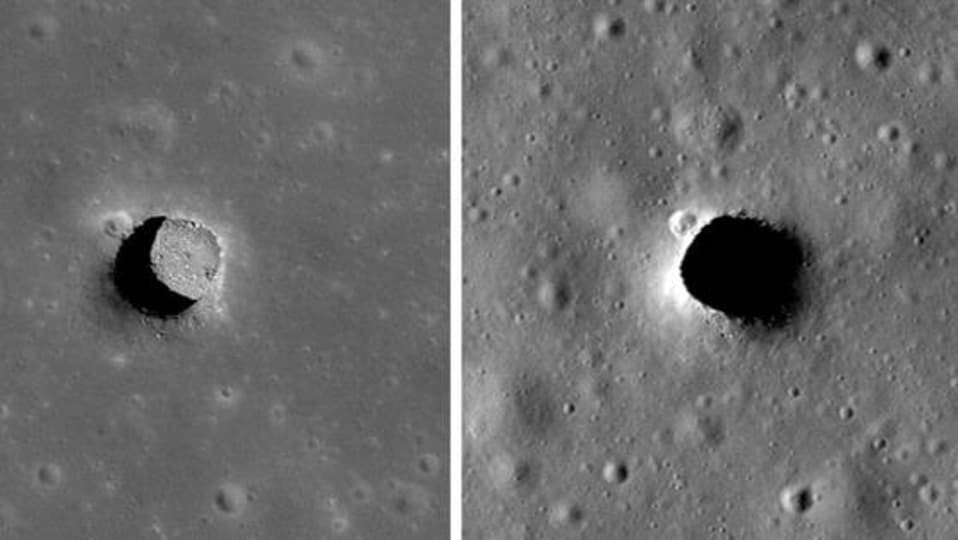
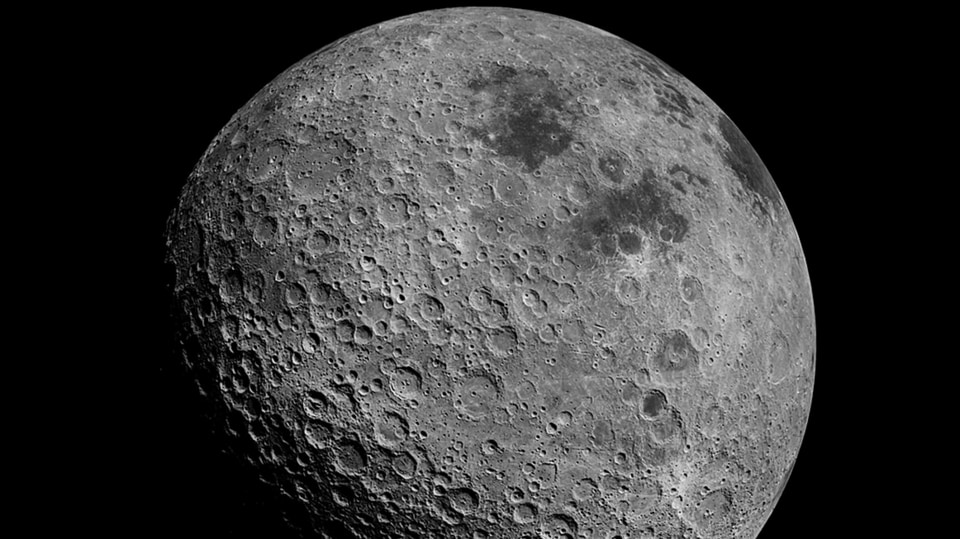
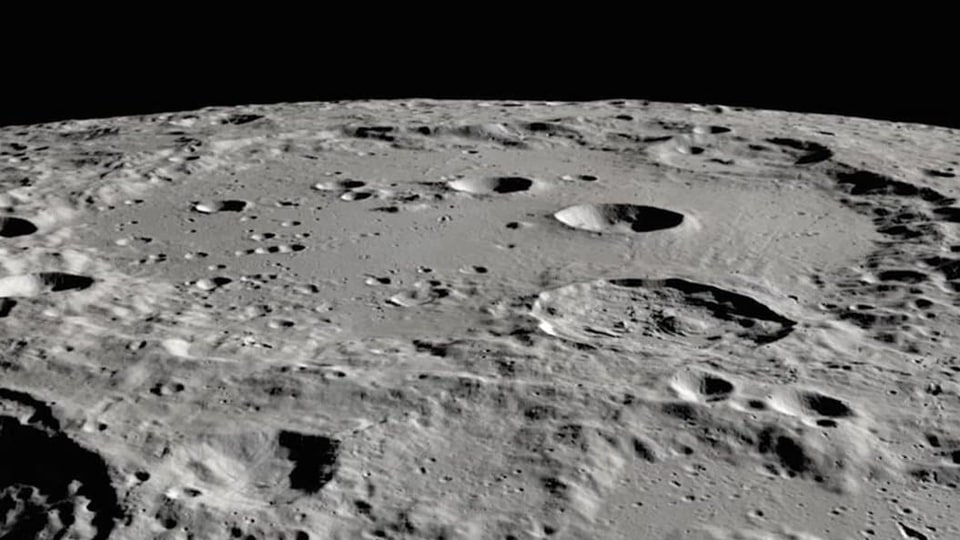
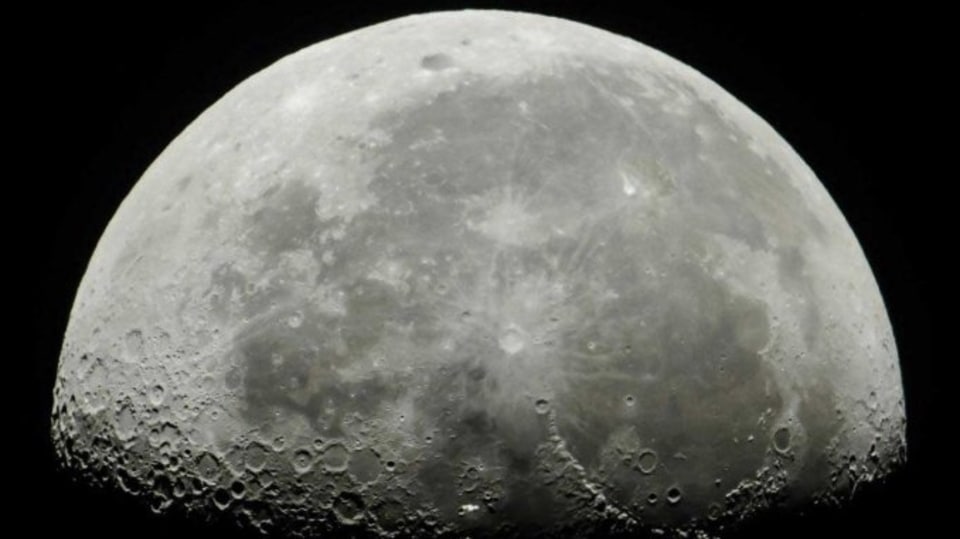
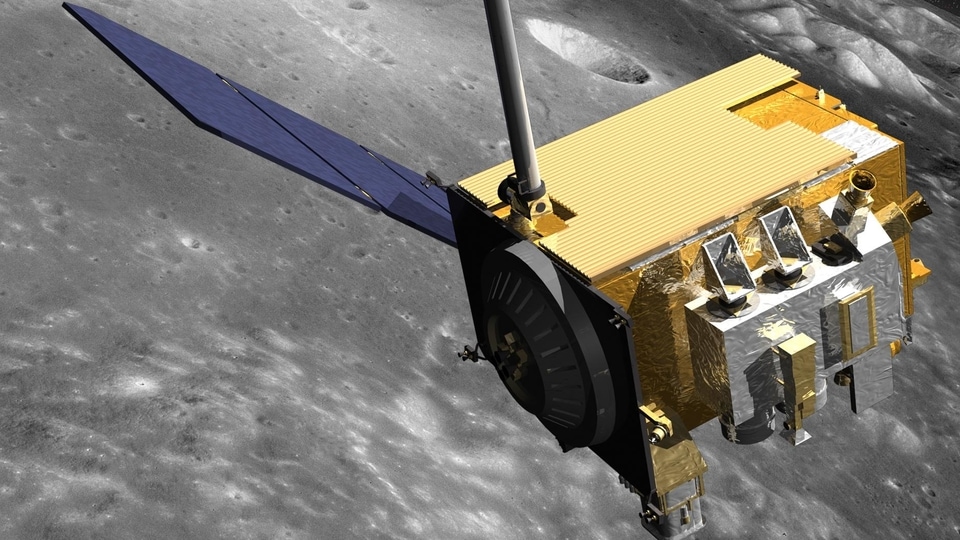

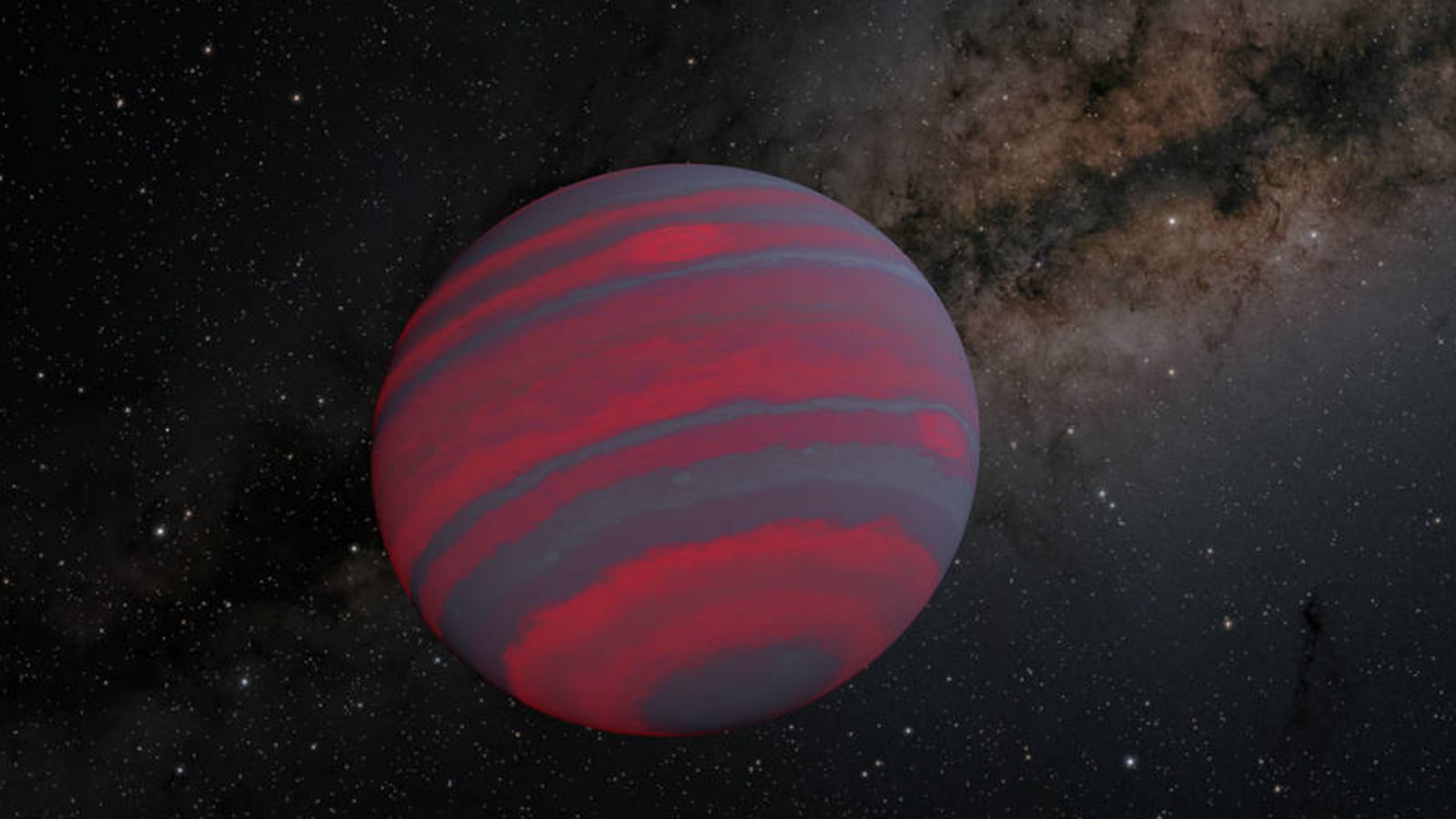
 View all Images
View all ImagesNASA's James Webb Space Telescope has been serving up all kinds of fascinating new discoveries from deep space ever since its launch. Now, it has captured images of a brown dwarf which carries silicate particles in its atmosphere. Now, the deep analysis of the image by astronomers described the analysis of the brown dwarf and its unique atmosphere in the arXiv preprint server paper, which mentioned that the observed brown dwarf is approximately 72 light years away. However, the brown dwarf named VHS 1256-1257 b was first detected in 2015. Astronomers say that it is roughly 19 times that of Jupiter, but is still in its young age.
But what are these brown dwarfs? Are they planets or stars? Or intriguingly, something in-between. NASA shed light on this and says, "Brown dwarfs are more massive than planets but not quite as massive as stars. Generally speaking, they have between 13 and 80 times the mass of Jupiter. A brown dwarf becomes a star if its core pressure gets high enough to start nuclear fusion." In simpler words, brown dwarfs are space objects that have failed to become stars simply because they were not big enough. However, they begin their journey as a star, but can't build enough hydrogen to initiate a fusion reaction. And that's why they do not grow to the size of stars, hence they are called brown dwarfs.
Although the temperature and pressure are far lower than those in stars, brown dwarfs can fuse deuterium. Space scientists can detect them because they emit heat and light as well, usually by observing infrared wavelengths. And it just so happens that the James Webb Telescope was made to examine objects in the infrared spectrum.
Webb Telescope detects brown dwarf
Earlier images of the new dwarf showed a reddish hue to its atmosphere, which instantly grabbed scientists' attention. Now, research on the image revealed that the atmosphere of the brown dwarf is similar to most other dwarfs - filled with methane, sodium, water, potassium and carbon dioxide. They also found thick layers of clouds, which are believed to be made of silicate particles. The study further noted that brown dwarfs can be encircled by dusty clouds, which can have an impact on their brightness. Scientists believe that this will represent a big step towards a detailed study on exoplanets and brown dwarfs in the future.
About Jupiter
"Jupiter is the biggest planet in our solar system. It's similar to a star, but it never got big enough to start burning," says NASA. Jupiter is not considered a brown dwarf because, "First and foremost, it simply does not have enough mass to fall under the classification of a brown dwarf, with your typical brown dwarf around 0.013 solar masses or 13 Jupiter sized planets in weight, with even the smallest size still 10 times the mass of Jupiter, says Scope The Galaxy.
Catch all the Latest Tech News, Mobile News, Laptop News, Gaming news, Wearables News , How To News, also keep up with us on Whatsapp channel,Twitter, Facebook, Google News, and Instagram. For our latest videos, subscribe to our YouTube channel.




























